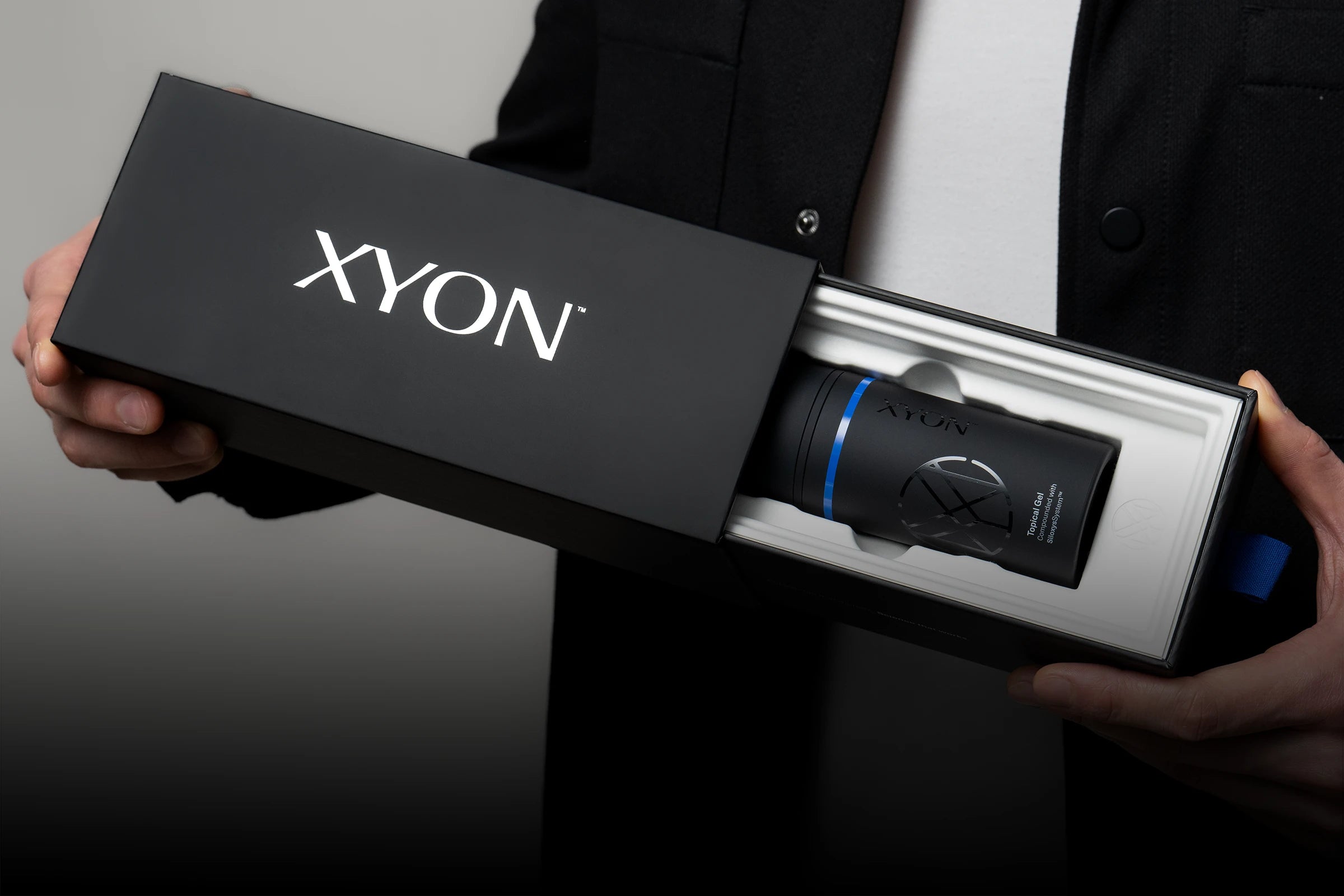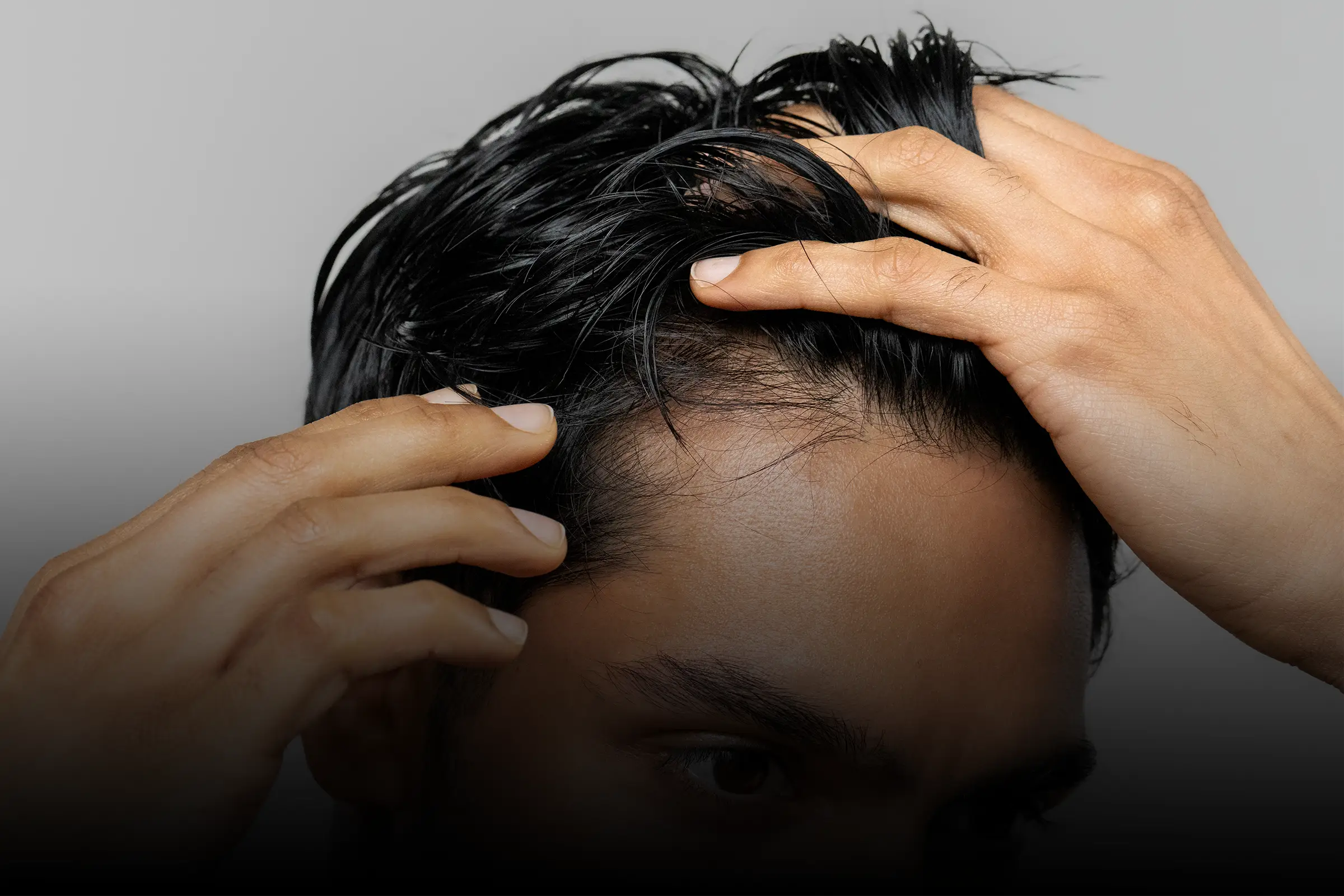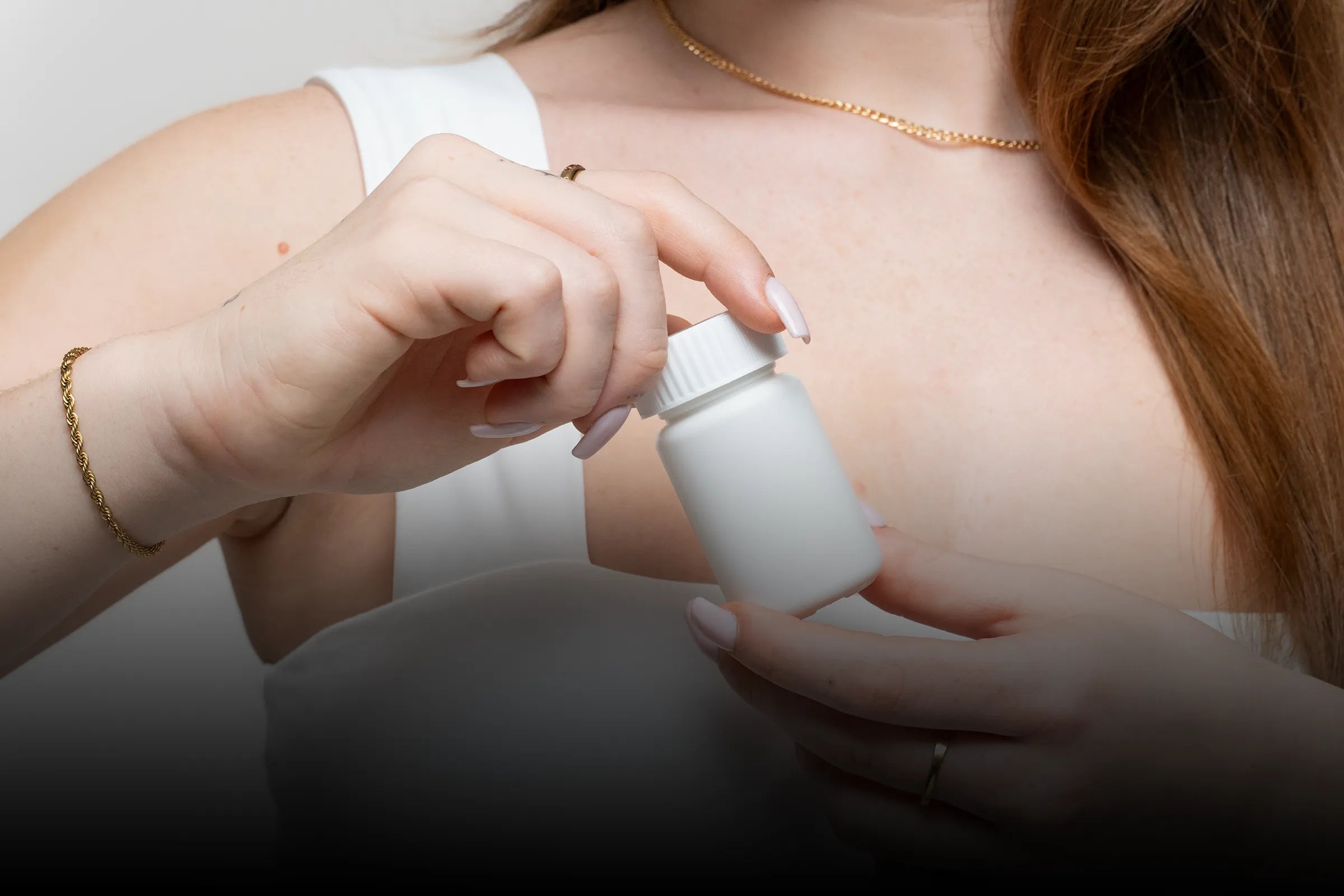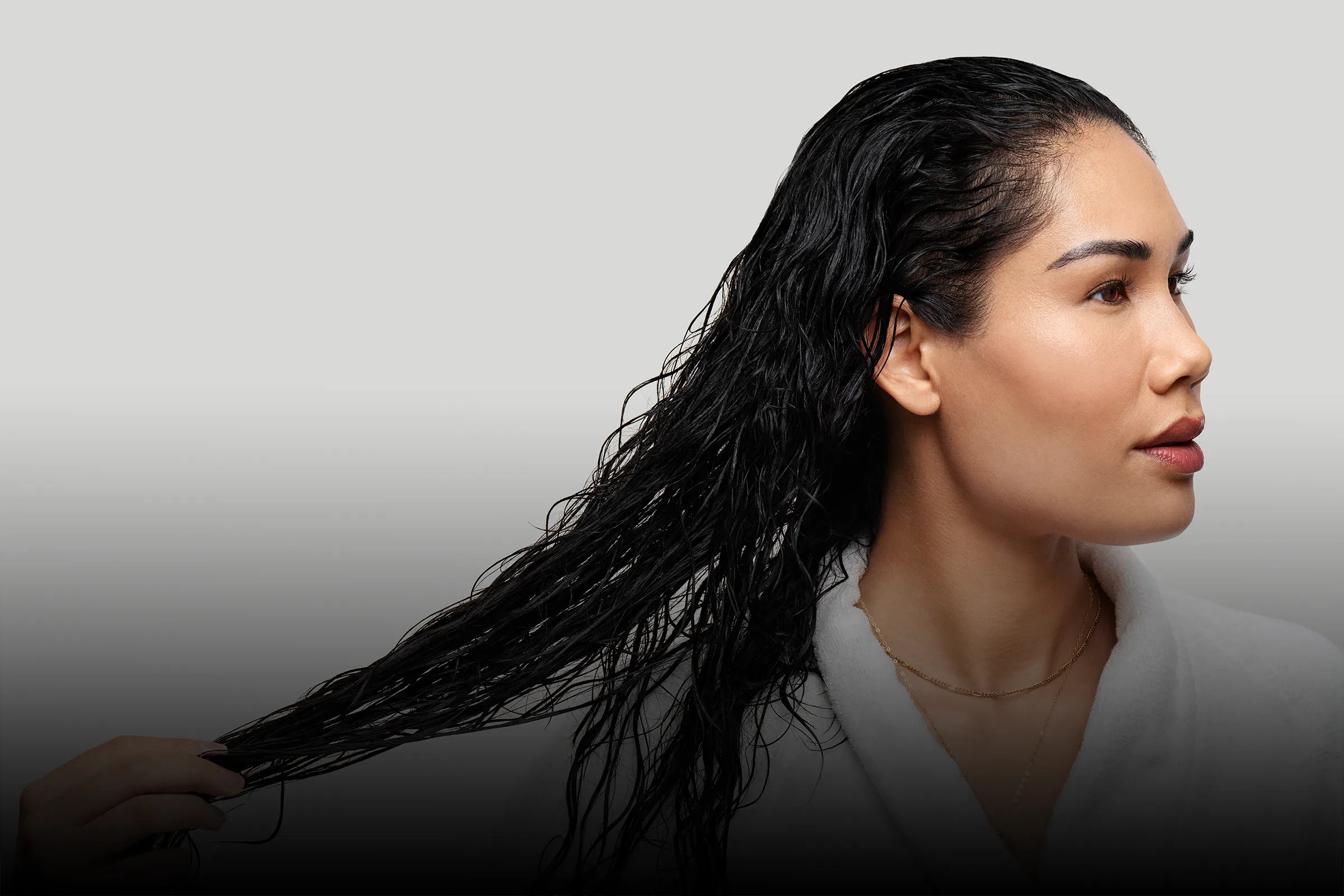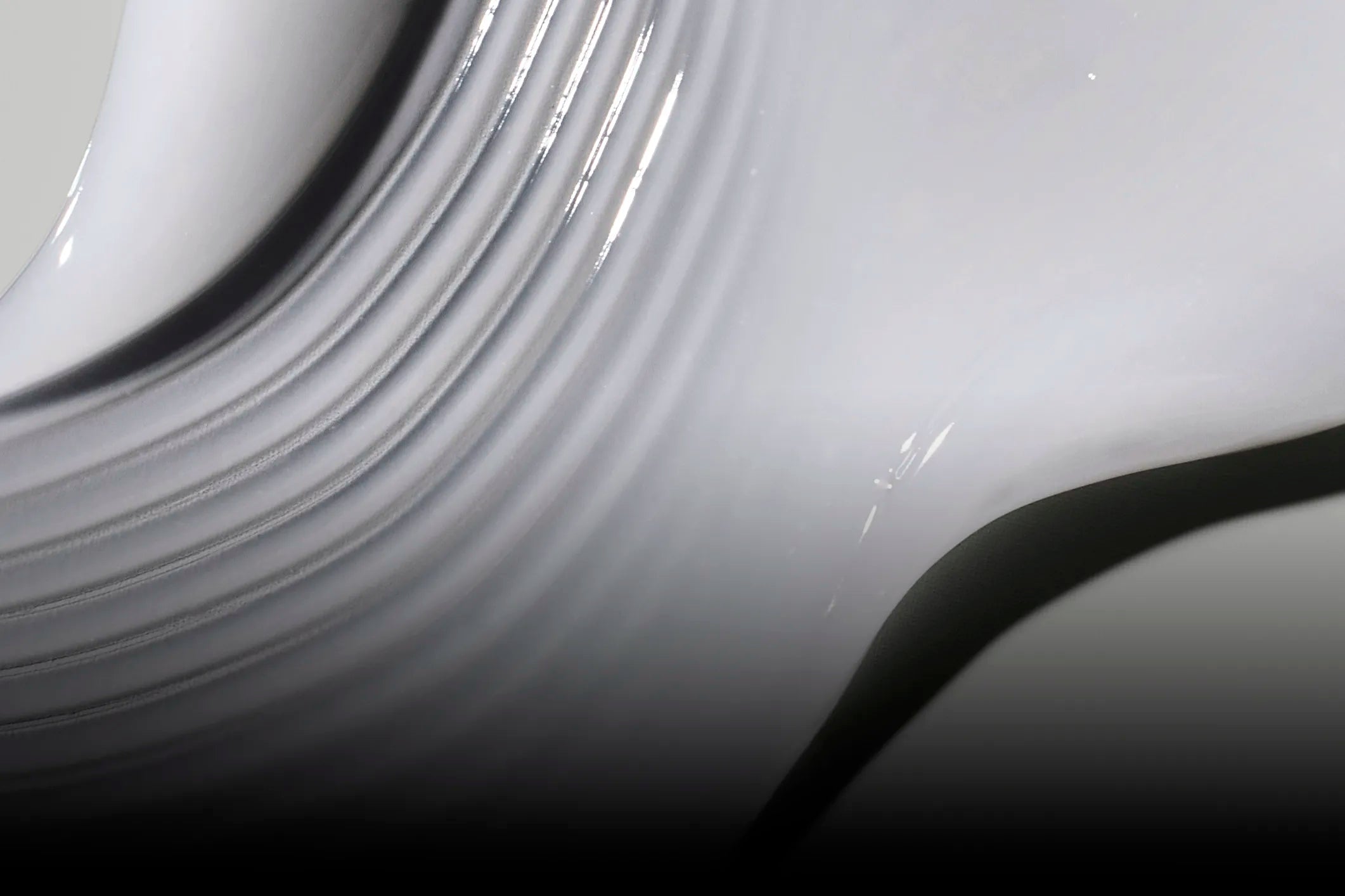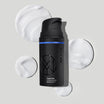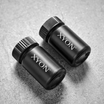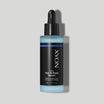Dutasteride is a medication that can be used off-label to treat certain types of hair loss including pattern hair loss in men, cicatricial (scarring) alopecia and in some cases, female pattern hair loss. In clinical trials, dutasteride has been shown to be even more effective than finasteride at halting the progression of hair loss and stimulating regrowth. But are the same results seen in female patients? And is dutasteride safe for female hair loss? We address these questions and more in this article on the use of dutasteride in women.
Stopping hair loss is easier and safer than ever with our unique gel, designed to help lower side effects.


Could topical dutasteride be right for you?
What is dutasteride?
Dutasteride is an example of a 5-alpha-reductase inhibitor. The other medication in this class is finasteride. It was originally developed for the treatment of benign prostatic hyperplasia (BPH) in men.
Dutasteride and finasteride share a common mechanism. They both inhibit (i.e. block) the 5 alpha-reductase enzyme that converts testosterone to dihydrotestosterone (DHT). However key differences exist. Dutasteride has a more potent effect on DHT because it inhibits both forms of the 5-alpha reductase enzyme (type 1 and 2). This is in contrast to finasteride, which only blocks type 2.
Can women use dutasteride?
Women can use dutasteride, but it’s important to be aware that the drug is not approved in the US or Canada to treat female pattern hair loss. It can still be prescribed off-label on a case-by-case basis. Limited clinical studies and patient reports seem to support the use of dutasteride in treating female pattern hair loss and in fact, dutasteride may even be more beneficial than finasteride in certain situations.
Dutasteride for female hair loss: Is it effective?
Based on limited trial data and patient case studies, dutasteride does seem to have a place in treating female pattern hair loss. One large retrospective study that included 3500 women prescribed either finasteride or dutasteride for hair loss found that daily administration of 0.15mg oral dutasteride resulted in an improvement in hair loss in 65.6% of cases, as well as a 83.3% increase in hair thickness. Women under 50 responded more positively to dutasteride treatment compared to finasteride treatment (Boersma et al., 2014).
One compelling case study showed that 9 months of treatment with 0.5mg dutasteride improved hair loss significantly in a female patient who was previously unresponsive to combination treatment with finasteride and minoxidil. The patient reported no side effects (Olszewska and Rudnicka, 2005).
It’s worth reiterating that the causes of female pattern hair loss are complex and elevated androgen levels may play a smaller role as compared to male androgenetic alopecia. So when considering the efficacy of dutasteride and other 5-alpha reductase inhibitors in women, we need to acknowledge that management of DHT levels are just one piece of the puzzle.
What is the dutasteride dose for female hair loss?
Dutasteride for female pattern hair loss has not been studied extensively but there is evidence that an oral dutasteride dosage of 0.5mg, or even as low as 0.15mg daily, may be potentially beneficial for hair loss (Boersma et al., 2014 and Olszewska and Rudnicka, 2005).
Topical formulations of dutasteride have recently become available, with greater variation in concentrations of dutasteride due to the customizable nature of these compounded treatments. If topical dutasteride is appropriate to treat your hair loss, your prescribing doctor will make the final dosage determination based on your needs.
Side effects of dutasteride in females
There haven’t been many studies looking at dutasteride side effects in women and data is limited for a reason. Given dutasteride’s effects on the male sex steroid hormone DHT (essential for normal male development), it’s typically only prescribed to female patients who are taking appropriate precautions to avoid pregnancy, or who cannot become pregnant.
The side effects of dutasteride for women may be similar to those reported by male patients. These include changes in sexual functioning and performance (e.g. low desire, low orgasm, or low arousal), breast tenderness or enlargement, mood changes, muscle soreness and weight gain.
Another key point to remember is not to donate blood while using or for up to 6 months after coming off dutasteride. Dutasteride has a very long half-life, which means that it takes time for the body to fully eliminate it. Waiting to participate in blood donation helps reduce the risk of exposing a pregnant individual to dutasteride during a transfusion.
Dutasteride and finasteride may interfere with the balance between estrogen and testosterone levels in women, putting women with a family history of certain estrogen-sensitive breast cancers at a slightly higher risk of developing a malignancy.
In the absence of concrete data on the exact level of risk involved, we recommend that patients report to their doctor any unusual signs such as breast tenderness, lumps, breast skin changes or nipple discharge. Women who have been treated for breast cancer or have a family history of breast cancer should take care to discuss the potential benefits and risks of taking a medication such as dutasteride with their doctor.
Dutasteride for female hair loss: Takeaway
Dutasteride is a newer 5-alpha reductase inhibitor that shows some potential to be an effective treatment for women experiencing thinning hair. Although efficacy and safety data are limited, the data that does exist suggests that it may be a superior option to finasteride for some patients. However, because of dutasteride’s DHT lowering effects, it’s not a medication that can be widely prescribed to female patients, particularly if they are pre-menopausal or have a family history of breast cancer. In these cases, dutasteride may still be a viable treatment for hair loss but this is at the discretion of the prescribing doctor.
